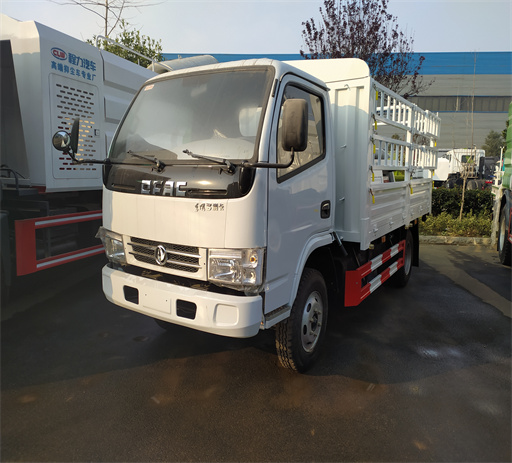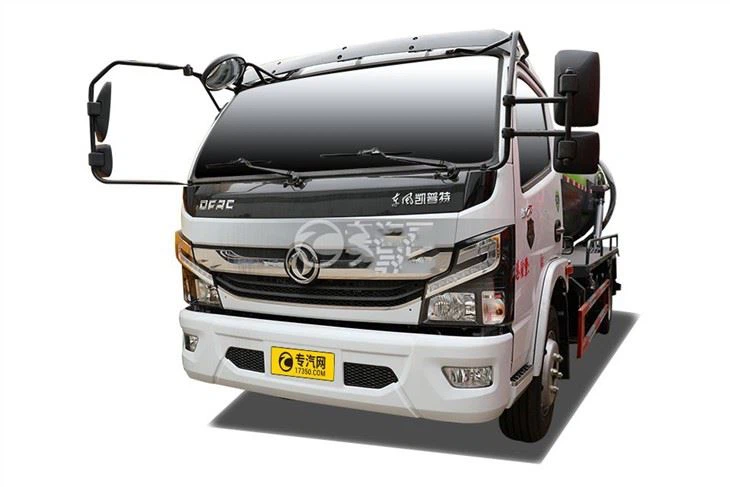Understanding Garbage and Recycling Trucks: A Comprehensive Guide

Introduction
The modern world generates an ever-increasing amount of waste. To manage this effectively, garbage and recycling trucks play a pivotal role in our communities. These vehicles are essential for promoting cleanliness and sustainability. In this article, we will explore the various types of garbage and recycling trucks, how they work, their environmental impact, and tips for effective waste management. This comprehensive guide will help you understand the significance of these trucks in maintaining our cities’ hygiene and promoting sustainable habits.
Types of Garbage and Recycling Trucks
1. Front Loader Trucks
Front loader trucks are typically used for commercial waste collection. They have large containers that can be lifted and emptied easily, making them suitable for dumpsters.
Specifications of Front Loader Trucks
- Capacity: 2 to 8 cubic yards
- Efficiency: Best for large-scale waste disposal
- Ideal For: Commercial businesses and industrial areas
2. Rear Loader Trucks
These trucks are widely recognized for residential waste collection. They have a rear compartment where garbage is dumped manually by workers.
Features of Rear Loader Trucks
- Capacity: 10 to 30 cubic yards
- Versatility: Suitable for various sizes of waste containers
- Ideal For: Residential areas and small-scale businesses
3. Side Loader Trucks
Side loader trucks are designed for automated waste collection. They can pick up bins from the side, allowing for safer and more efficient operations.
Benefits of Side Loader Trucks
- Capacity: 15 to 30 cubic yards
- Labor Friendly: Reduces the number of workers needed
- Ideal For: Urban areas with narrow streets
4. Recycling Trucks
These trucks are specialized in collecting recyclable materials. They are usually equipped with compartments to keep different materials separated.
Materials Commonly Collected by Recycling Trucks
| Material | Examples |
|---|---|
| Paper | Newspapers, cardboard |
| Plastics | Bottles, containers |
| Metals | Cans, foils |
| Glass | Bottles, jars |
How Garbage and Recycling Trucks Work
Understanding how these trucks function can illuminate their importance. The operation usually includes several steps:
1. Collection Schedule
Most municipalities have a collection schedule that informs residents when to put out their waste and recycling bins. This schedule is crucial for efficient waste management.
2. Waste Pickup
During the collection, the truck arrives at the designated locations to pick up waste. Different trucks may operate on the same route for garbage and recycling.
3. Compaction and Storage
Once collected, the waste is compacted within the truck to maximize space. This allows more waste to be collected in a single trip, reducing operational costs and emissions.
4. Transportation to Landfills or Recycling Centers
After waste collection, the trucks transport the load to either landfills or recycling centers, depending on the type of materials collected. This is a crucial step in the waste management process.
Environmental Impact of Garbage and Recycling Trucks
The operation of garbage and recycling trucks significantly impacts the environment. Understanding this impact is essential for advocating better practices.
1. Carbon Emissions
Garbage and recycling trucks can produce significant greenhouse gas emissions. However, newer models are increasingly designed to be more fuel-efficient.
2. Landfill Management
Proper waste collection and management help reduce landfill overflow. Recycling reduces the volume of waste that ends up in landfills, conserving space and resources.
3. Promoting Recycling
Regular recycling truck operations encourage residents to participate actively in recycling programs. They serve as a constant reminder of the importance of separating recyclable materials.
Tips for Reducing Waste and Promoting Recycling
- Educate your community about recycling procedures.
- Create awareness programs to engage residents.
- Implement composting to reduce organic waste.
- Encourage businesses to adopt sustainable practices.
Cost of Garbage and Recycling Truck Operations
The costs associated with garbage and recycling trucks vary significantly based on factors such as location, type of service, and operational efficiency.
1. Initial Investment
Purchasing a garbage or recycling truck can be expensive, with costs ranging from $200,000 to $500,000 depending on the type of truck.
2. Maintenance Costs
Ongoing maintenance is crucial for safety and efficiency. Regular servicing can add up to $10,000 annually.
3. Operational Costs
Fuel, labor, and insurance contribute to the operational costs. Municipalities must budget accordingly to manage these expenses.
The Future of Garbage and Recycling Trucks
The world is shifting towards more sustainable waste management solutions. Here are some trends to watch for:

1. Electric Trucks
With growing concerns about carbon emissions, electric garbage and recycling trucks are becoming more prevalent. These vehicles are quieter and produce zero emissions during operation.
2. Smart Technology
IoT and smart technologies are being integrated into waste management systems. This includes route optimization and real-time tracking of waste collection.
3. Public Engagement Platforms
Communities are leveraging technology to engage citizens. Apps can provide recycling guidelines and collection schedules directly to residents’ phones.
Practical Tips for Residents
Being proactive in waste management is essential for promoting a cleaner environment. Here are some practical tips:
1. Know Your Local Regulations
Each community has specific regulations regarding waste and recycling. Familiarize yourself with these rules.

2. Separate Your Waste Correctly
Ensure you separate recyclable materials properly to aid the recycling process and reduce contamination.
3. Reduce and Reuse
Prioritize reducing your waste and reusing items whenever possible to lessen your impact on landfills.
Frequently Asked Questions
1. How often do garbage and recycling trucks collect waste?
Collection frequency varies by municipality, but most collect weekly or bi-weekly.
2. What happens to recyclables after they are collected?
Collected recyclables are transported to recycling centers, where they are sorted, processed, and prepared for reuse.
3. Can I throw away electronic waste in my regular garbage?
No, electronic waste should be disposed of at designated recycling centers due to hazardous materials.
4. What should I do if my garbage was not collected?
Contact your local waste management department to report the issue and find out the next steps.
5. Are there limitations to what can be recycled?
Yes, most areas have restrictions on certain materials. Always check local guidelines for what can be recycled.

6. How can I get involved in local recycling initiatives?
Look for community clean-up events, recycling drives, or local environmental groups to join.
